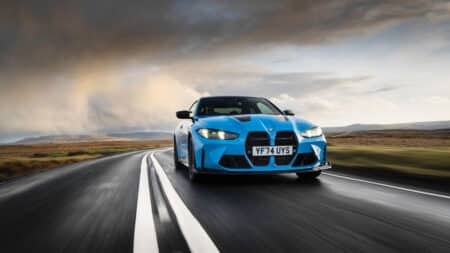
2025 BMW M4 CS review: Time to rethink the 911?
It gives me no pleasure to say it, but the only true BMW M car of recent times to which I’ve felt a proper connection is the baby of them…
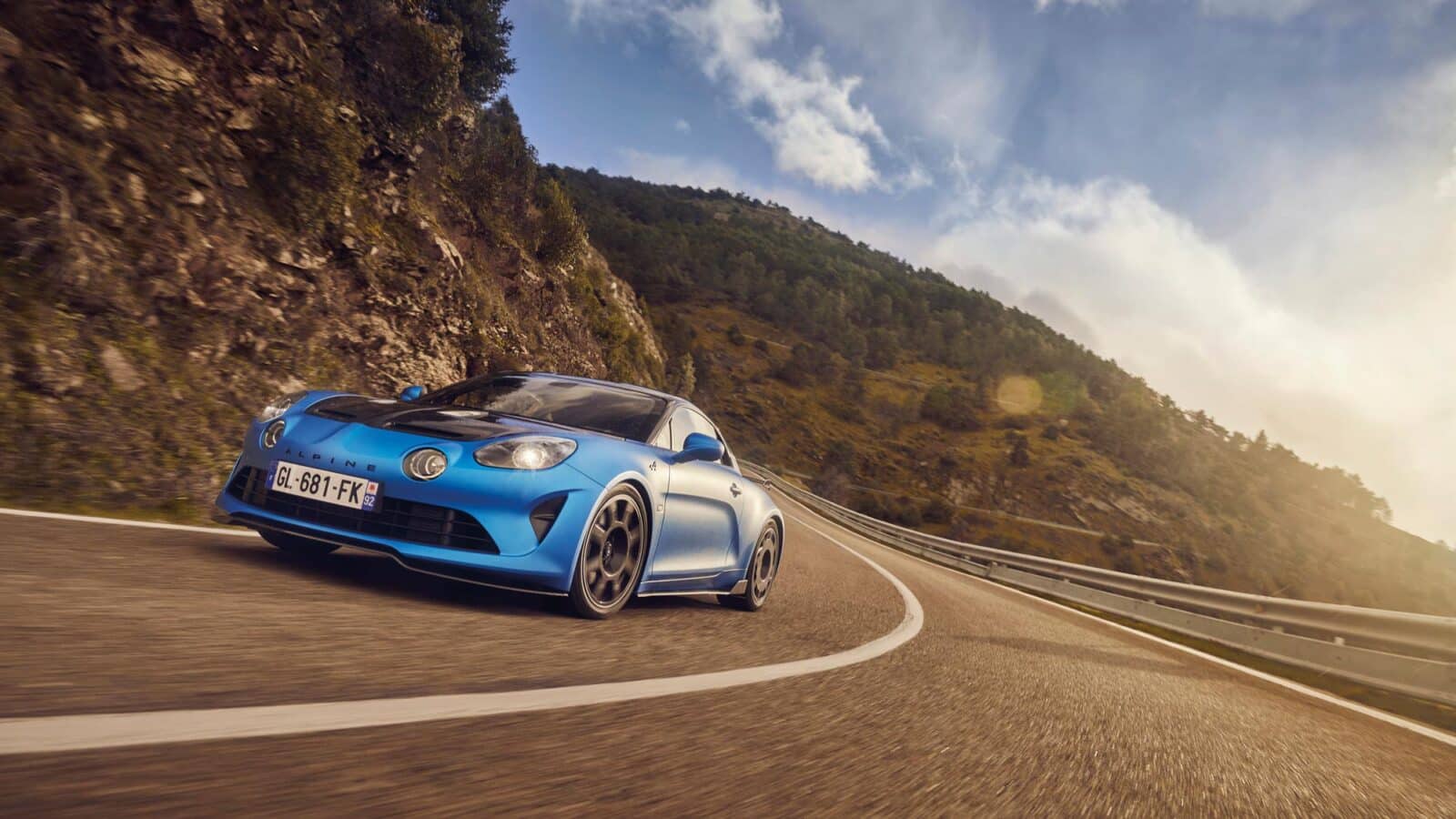
The new R version of the Alpine A110 is lighter than the base car thanks to the black elements – carbon fibre, including the bonnet
Renault
In 2017 Alpine launched a new small sports car and it changed the world. Or at least it should have done. For those few lucky hacks who drove it at the time, we thought we were witnessing a new dawn for such cars: gone would be the days of outsize, overweight, profligate sports cars, replaced by a new generation of small, lightweight and efficient machines that, as a result, were simply brilliant both to own and live with. It seemed so right, so obvious that the Alpine A110 would be a complete game-changer and reverse a direction of travel after far too long, it is possible we might have overlooked a thing or two. Like hardly anyone knew what an Alpine was, and even fewer cared. Fewer still were stoked by the idea of a 1.8-litre, four-cylinder powertrain out of a Renault Megane; and pretty though it was, it was just too petite to make a proper ‘get out of my way’ statement. Ever since and despite it being far and away the best usable sports car that kind of money can buy, sales have been slow.
And it’s hard to see this one making much difference to that, though at least the profit margin on each should be considerably more healthy for reasons we’ll be getting to in a minute.
This is the A110 R, the hardcore A110. If it were a Porsche it would be a GT or maybe even an RS model. The 296bhp engine from the A110 S comes over unchanged because to add a bigger, more powerful engine would hike the price northward in the home market thanks to the dreaded ‘malus’ car tax over there. So they decided just to make it better instead: carbon fibre is now used not only for bodily addenda like the front splitter, side skirts and rear wing, but integral components like the bonnet and wheels. New coilover struts provide multi-way adjustment while thicker springs and rollbars stiffen the suspension and drop the ride height. And just to make sure no one mistakes its intentions with this car, hardcore track day Michelin Cup 2 tyres are fitted. And at 1082kg, the A110 R weighs over 300kg less than a Porsche Cayman GTS. Which is a pretty stunning statistic when you think about it.
It’s not hard to feel the changes either. In a straight line there’s very little to tell between it and an A110 S because the power is the same and it’s only 34kg lighter, but in corners and, indeed, during every day living, you’re never likely to forget which model you’re in.
For a start, so long as the road is dry and the ambient temperature high enough to get the Michelins into their working window, grip levels are phenomenal. Circumnavigate a roundabout at ever increasing speed and there’s a decent chance you’ll give up before the Michelins. It corners flat, fast and changes direction like a gnat dodging a swat. You can feel its lightness everywhere and if you get straight back into a typical tonne-and-a-half sports car immediately thereafter, you’ll feel the additional inertia immediately too.
“It tends to oversteer on entry and understeer towards the exit”
But here’s the thing. A standard A110 is not exactly slow around the bends and feels just as light on its feet. Moreover while a stock A110 or even A110 S feels like the power of the engine is nicely matched to the ability of the chassis, in the R it simply does not. To make the most of that level of grip, you’d want another 100hp to cannon you out of the corners – and probably a race track as well.
Moreover, those stiff springs and no-nonsense tyres create two other issues, neither inherently desirable. First, one of the absolute delights of the standard A110 is that it sits on quite hard rubber – a Michelin Pilot Sport 4, not even the 4S that sits between it and a Cup 2. It means you can easily and safely discover just how well this car handles on the limit in a number of different scenarios. The moment you stiffen the springs and bolt on the semi-slick Cup 2s, that limit is projected into the next postcode where it’s far harder to find and therefore far less frequently enjoyed.
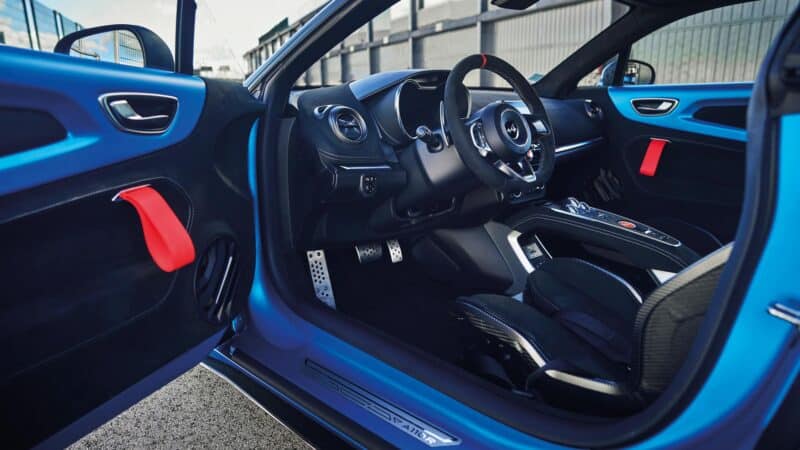
Inside, Alpine has gone to some lengths to make your surroundings appear ‘made for the track’
Renault
Unless, of course, it’s raining. A stock A110 in the wet is one of the most joyous things I’ve driven but the A110 R? You have to drive it with a care and precision you’ve not needed to think about until now. Even then it tends to oversteer on entry and understeer towards the exit, which is pretty much the reverse of what you want, and what the base car provides.
But what kills this car, at least for me, is the ridiculous £96,990 price tag that comes with it, when the base car is £44,500 cheaper. If the result was better in every way that mattered, you might think it a premium worth paying. But it’s not; indeed if you look at the reason we so adored the A110 when it came out – the value, the accessibility of driving experience and the daily driver comfort it provided – I’d argue the car has got worse. And for what? A fraction more performance and a vast amount of dry road grip that just makes it more difficult to enjoy what the car has always done best.
Don’t misunderstand me, if the A110 had never been built, I’d still be wowed by this car’s lightness, its compact dimensions and the way it gets down the road. But we can’t unwrite history and the truth so far as I can see it is that, compared to the original and, indeed all other modern A110s, the A110 R is a lot less fun for a lot more money.
Alpine A110 R:
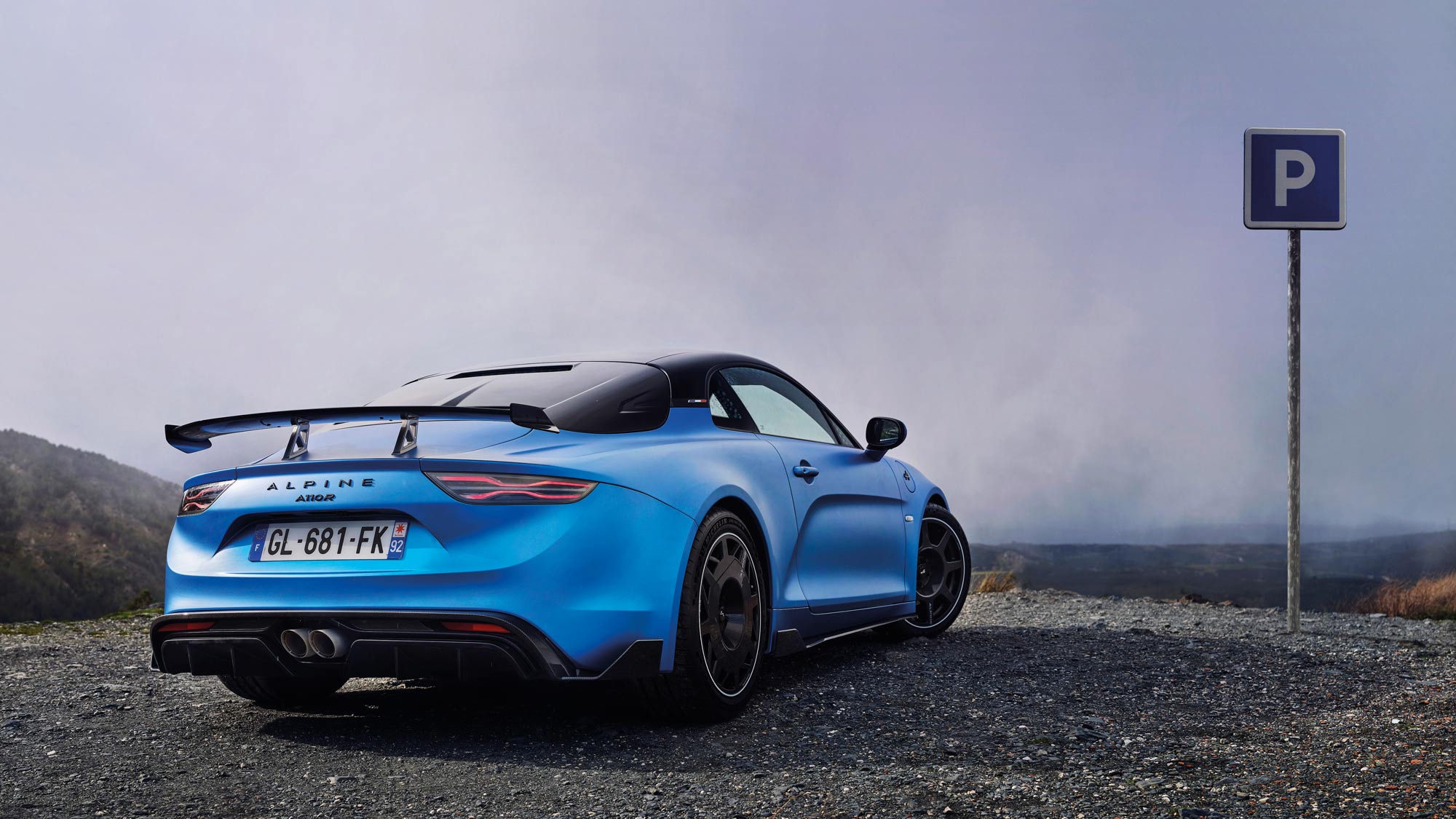

It gives me no pleasure to say it, but the only true BMW M car of recent times to which I’ve felt a proper connection is the baby of them…
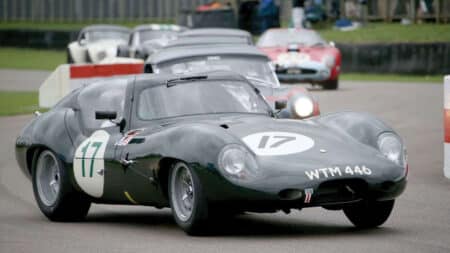
The news that the threatened 25% tariff on car exports from the UK to the US has been reduced to 10% is clearly to be welcomed. For some companies I…
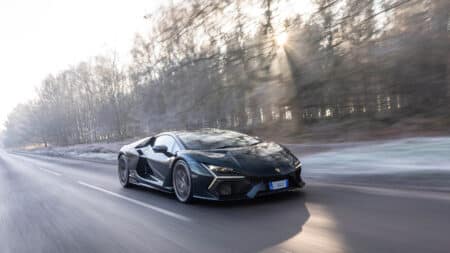
As a child, Lamborghini was the evil empire. I was a Ferrari man and the only explanation I could find to explain why Boxers and Testarossae always lost comparison tests…
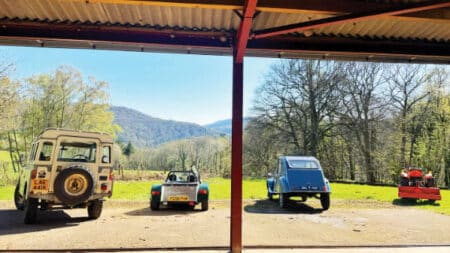
The single-biggest headache faced by the UK car industry in relation to Donald Trump’s tariffs is that no one knows almost from one day to the next what he’s going…
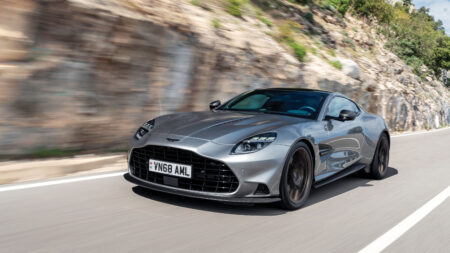
Hurtling across a mountainside at some unmentionable speed in the new Aston Martin Vanquish, I was moved to wonder whether it is possible actually to have too much of a…
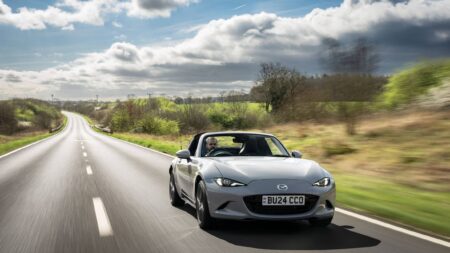
Far from rushing towards electrification, it is well known that every ‘legacy’ manufacturer with a history steeped in petrol and diesel cars has jammed on the brakes so hard I…
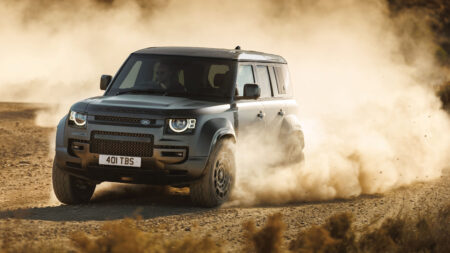
I don’t think there could be a greater expression of confidence in the brand than this. A very broad rule of thumb is that in most premium car ranges the…
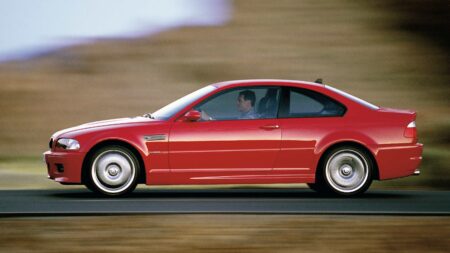
I have for some time been pondering the timing of what might loosely be described as ‘peak car’. There is no question at all, at least in my mind, that…
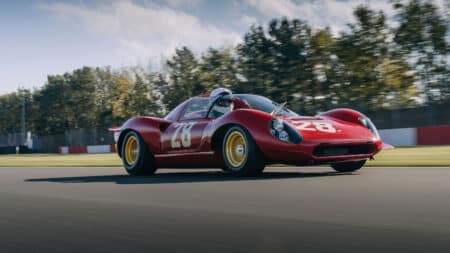
You know that phrase ‘if it looks right, it is right’? Were that always the case the Ferrari Dino 206 S would have won every race it entered, probably lapping…
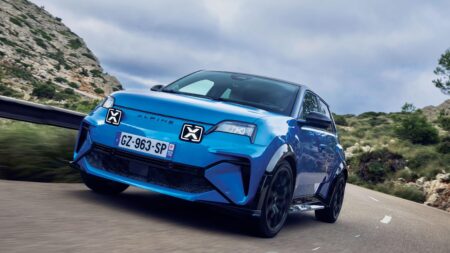
It was one of those moments when you just knew, and it took less than a mile. That was all the time I needed to know for certain that the…

First job of the new year? Drive a Dacia Duster from Wales to Belgium and back to attend the AGM of the Car of the Year jury on which I…
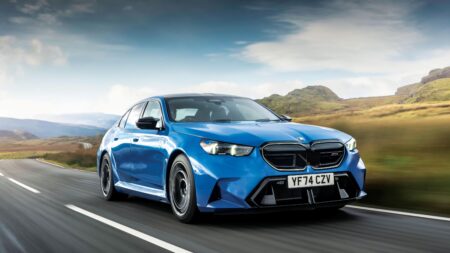
Recently, and in anticipation of the arrival of this very car, I found myself on a hillside with six generations that had gone before: the E28 original, the E34 that…